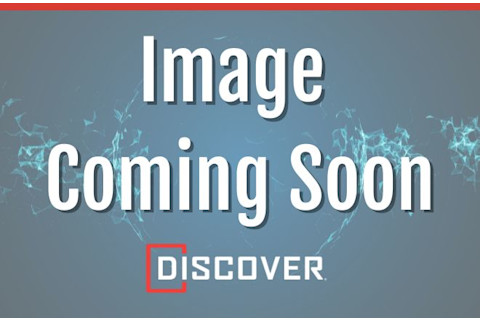A lot of the studies that I cast my Neuroskeptical eye over are related to functional magnetic resonance imaging (fMRI).

This is because, in my opinion, quite a lot of today's fMRI work suffers frommethodologicalflaws. But that's not to say that all fMRI work is suspect, or, worse, that there's something inherently unscientific about fMRI as such. fMRI's a tool, an amazing one in a lot of ways, but like any tool it needs to be used well. Along with others, I've criticized various aspects of recent fMRI practice, but only because it's frustrating to see such a powerful tool not being used to its full potential.
So I was very pleased by a recent paper by Sabatinelli et al,
The Timing of Emotional Discrimination in Human Amygdala and Ventral Visual Cortex
. The authors set out to test a hypothesis - that seeing an emotionally charged picture would activate the amygdala and the inferotemporal cortex (IT) before activating the extrastriate occipital cortex.
This is what should happen according to an influential model of how the brain processes emotionally meaningful information. The amygdala is part of a rapid "emotion detector" pathway, which responds faster than the standard visual perceptual system, so the theory goes. You see that it's scary before you see what it is, in other words.

To test the prediction, they scanned a single 5mm slice of the brain - see above - which cut through all of the regions of interest given the hypothesis. Most fMRI studies image the whole brain, but because scanning takes time, this produces one whole-brain image every 2 or 3 seconds.
Sabatinelli et al's single slice approach gave them 10 scans/second (TR=100ms), which was crucial given that they were concerned with detecting which parts of the brain activated first. They scanned people while showing them a series of pictures. Some were boring images with no emotional impact, some were "positive" (i.e. porn), and others were "negative" (bloody pictures of mutilation).
The results are on the left. All images activated the visual system more than a blank screen did, unsurprisingly. Both kinds of "emotional" pictures activated the amygdala, IT, and more than the boring ones did (the green line), which is reassuring, since if they didn't, the basic assumptions of the experiment would be in question. And crucially, the emotional vs. non-emotional difference occurred about up to 1s earlier in the time course of the activation in both the amygdala and the IT than in the mOcc (extrastriate occipital cortex), in line with the original predictions.
In itself, this doesn't prove the "rapid emotion pathway" model, but it's an important piece of supporting evidence. It's also a great example of the flexibility of fMRI; while it's often thought of as a way to detect where neural activation happens, as opposed to when, with the right scanning parameters, it doesn't have to be that way. Although there's an unavoidable time lag in the BOLD response that fMRI measures - the response peaks about 5 seconds after the brain cells actually fire - this doesn't stop you from investigating the relative timing of activation in different areas, as in this study.
The key was that Sabatinelli et al had a specific hypothesis and designed their experiment to test it, as opposed to just scanning people under some conditions and looking to see which parts of the brain lit up - fishing for blobs, as it's known. fMRI is a very powerful tool for blob-fishing, unfortunately. But it's also a powerful tool for doing more informative science.

Sabatinelli D, Lang PJ, Bradley MM, Costa VD, & Keil A (2009). The timing of emotional discrimination in human amygdala and ventral visual cortex. The Journal of neuroscience : the official journal of the Society for Neuroscience, 29 (47), 14864-8 PMID: 19940182













